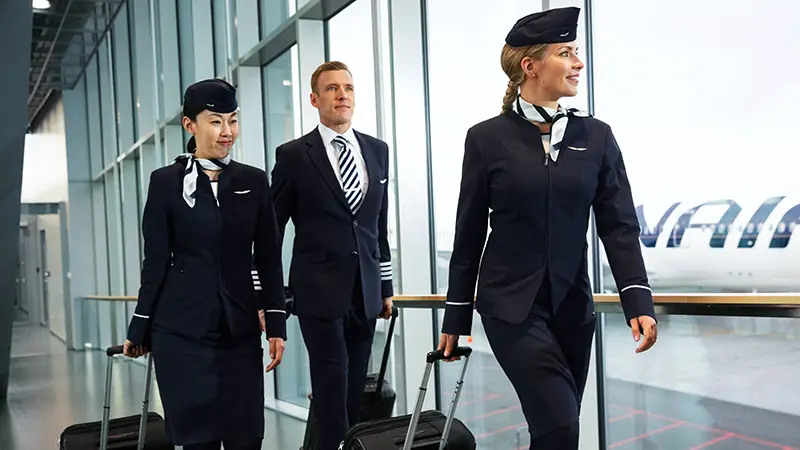
It’s no secret that the COVID-19 pandemic has hit industries hard, and the aviation industry is no exception. The European aviation industry, in particular, is facing a significant concern regarding a potential commercial pilot shortage. This article will delve deeper into the issue, what’s causing it, and explore potential solutions.
What exactly is a commercial pilot shortage?
A commercial pilot shortage arises when there aren’t enough qualified pilots to meet the demand for air travel. This can cause airlines to cancel flights or reduce schedules, which can negatively impact travelers and the economy.
What’s contributing to the commercial pilot shortage in Europe?
The shortage of qualified pilots has had significant impacts on the European aviation industry. Airlines are struggling to find qualified pilots, leading to reduced schedules, cancellations, and higher operating costs. These challenges are impacting the competitiveness of European airlines, making it hard for them to keep up with their counterparts in other regions.
Aging workforce, the high cost of training, and the COVID-19 pandemic are contributing factors to the commercial pilot shortage. Many pilots are reaching retirement age, and younger pilots aren’t replacing them fast enough. Additionally, the cost of pilot training is high, deterring potential pilots from pursuing a career in aviation. The COVID-19 pandemic has also led to job losses and furloughs for many pilots, exacerbating the shortage.
Real-life examples of the impact of the commercial pilot shortage are numerous. Ryanair canceled hundreds of flights in 2018 due to the shortage, citing the aging workforce and competition for pilots from other airlines. In 2019, the International Air Transport Association estimated that the industry would need 645,000 new pilots by 2038. However, this estimate was made before the COVID-19 pandemic hit the industry hard.
What are the potential solutions to the commercial pilot shortage?
Several potential solutions to the commercial pilot shortage in Europe are worth exploring. For example, making pilot training more affordable by offering subsidies or financial incentives to students pursuing a career in aviation. Governments and airlines can work together to develop more cost-effective training programs.
Additionally, making the profession more attractive to younger generations can also help solve the shortage. Airlines can offer better pay, benefits, and career advancement opportunities. Collaborating with schools and universities to promote careers in aviation and offering internships and apprenticeships to students is another way to attract young talent to the industry.
Finally, airlines can explore alternative solutions, such as using technology to reduce the need for pilots. For example, some airlines are experimenting with autonomous aircraft or drones for certain flights.
Conclusion
The commercial pilot shortage in Europe is a pressing concern that needs to be addressed. The aging workforce, high training costs, and the impact of the COVID-19 pandemic are contributing factors to this issue. However, potential solutions like making pilot training more affordable, promoting the profession to younger generations, and exploring technology alternatives can help overcome this shortage.